by Alessandra Ressa
In ancient times, popular legends often associated dark caves with demonic presences. Humanity feared the unknown depths. Ironically, today, it is the caves that should fear humanity. All too often, when a cave is discovered by “civilized” society, it marks the beginning of its degradation. The impenetrable depths become convenient dumping grounds: toss something into the dark, and it seemingly disappears.
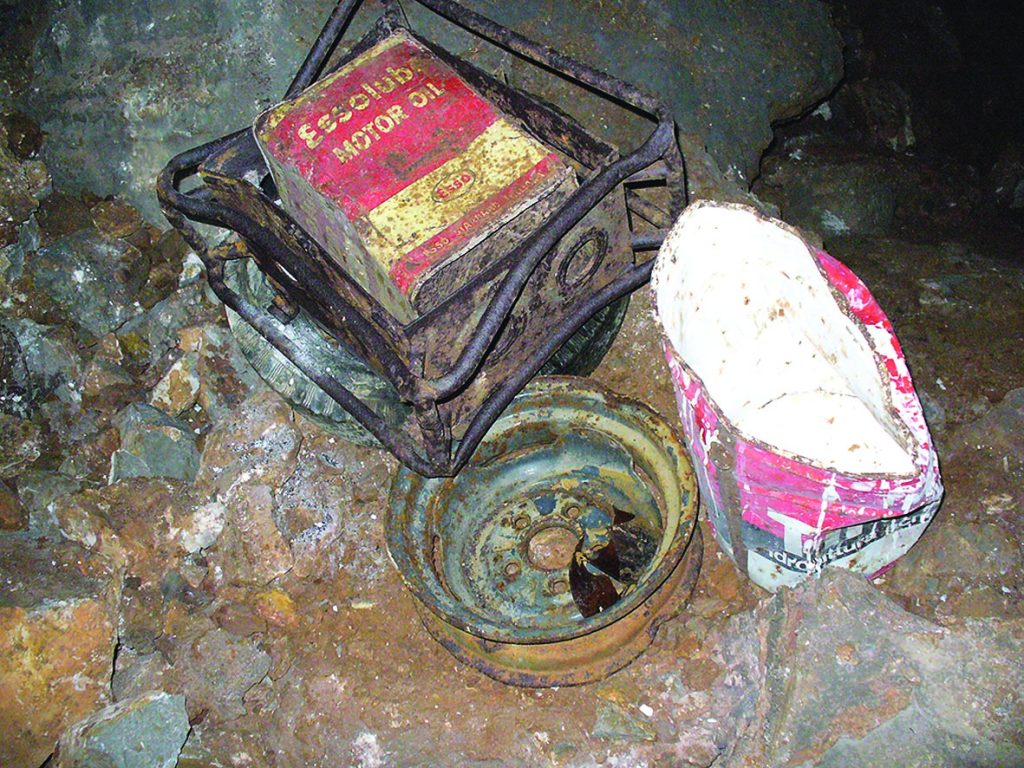
The waste generated by modern civilization represents an escalating crisis, particularly in environments where pollution often remains invisible—like the underground world. In the Karst region, this hidden contamination has reached alarming levels over the past few decades. The Karst aquifer, due to the permeability of the overlying rock system, is rapidly affected by pollutants on the surface or within cavities. Around Trieste, many caves are contaminated with waste and toxic substances, dumped illegally over time.
The roots of underground pollution run deep. The false belief that hiding waste equates to solving the problem has led to the centuries-old practice of tossing objects, rubble, and even biological waste—including animal carcasses—into the region’s abundant natural pits. Easily accessible caves have long served as unofficial dumping grounds for cumbersome or inconvenient refuse. While some initiatives by volunteer groups have managed to clean up isolated sites, the overall phenomenon requires broader awareness and study by governing bodies.
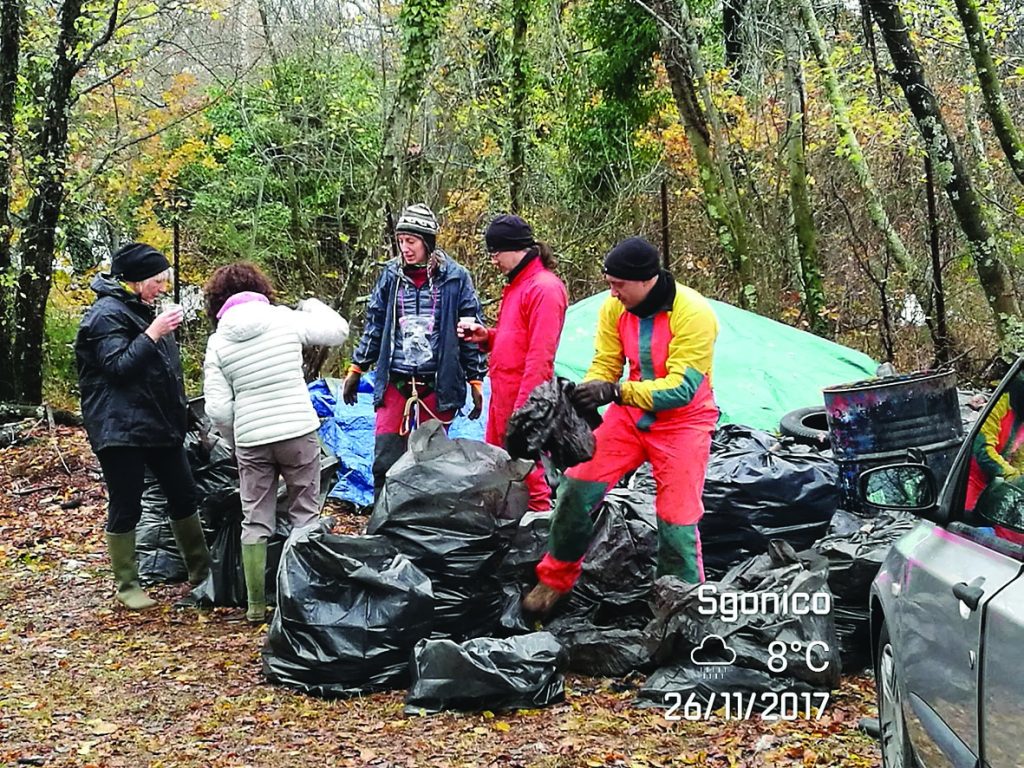
Thankfully, awareness and technical expertise have improved over the years. Yet, Jablenza Cave, located near Trieste’s Carsiana Botanical Gardens in Sgonico, seemed beyond redemption. Its condition was so dire that it was deemed an almost hopeless case—until the speleologists of the Club Alpinistico Triestino (CAT) could no longer ignore it. Armed with modern recovery techniques honed from cleaning other polluted caves, the volunteers embarked on its rescue in 2015.
What they encountered exceeded even their worst expectations. The site presented an “archaeological” layering of waste so extensive that it tested their patience and resolve. Each time they cleared a surface layer, older deposits emerged beneath, revealing decades of discarded waste. After sifting through cubic meters of earth, stones, and garbage, they faced the sobering reality that their work could never be fully complete. Millions of glass shards and ceramic fragments, embedded in the cave floor, remain to this day as silent witnesses to humanity’s negligence.
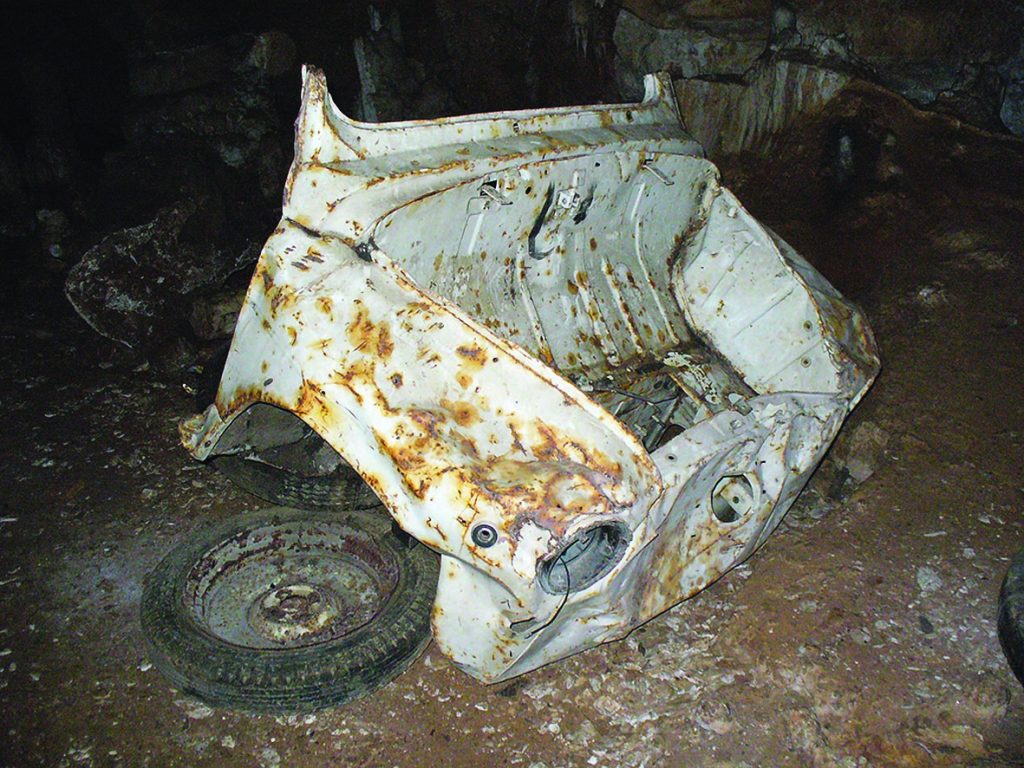
Among the many challenges, volunteers had to extract the remains of a Fiat 500, likely abandoned in the 1960s. To achieve this, they dismantled the car, hauling it piece by piece to the surface using ropes. By 2017, most of the major waste had been removed, transforming “The Devil’s Hole” into a haven once again for wildlife and cave explorers.
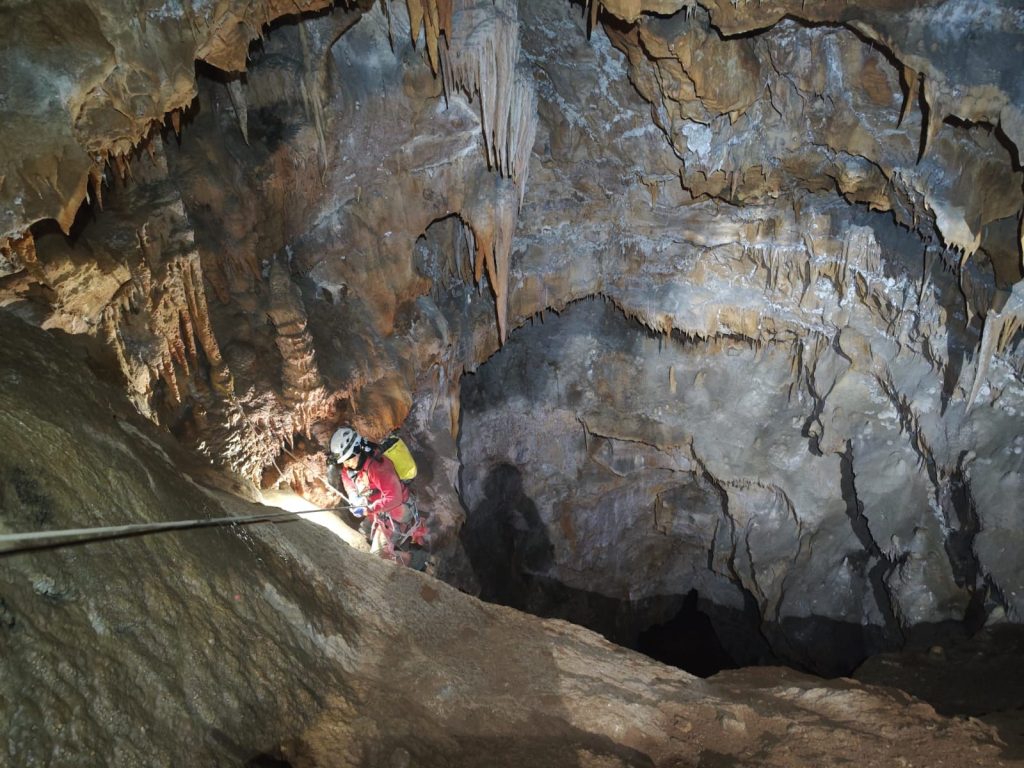
This year, to celebrate the 80th anniversary of CAT, my friends and I decided to visit Jablenza Cave. Its 55-meter initial pit has become home to an incredible number of wild pigeons. As we descended, dozens of startled birds suddenly took flight, giving us a fright despite prior warnings. Reaching the bottom of the moss- and fern-covered first pit, my friend and fellow cave explorer, Luca, began scanning with a metal detector. To our astonishment, he unearthed the ignition keys of the infamous Fiat 500 buried under a thick layer of rocks and mud.
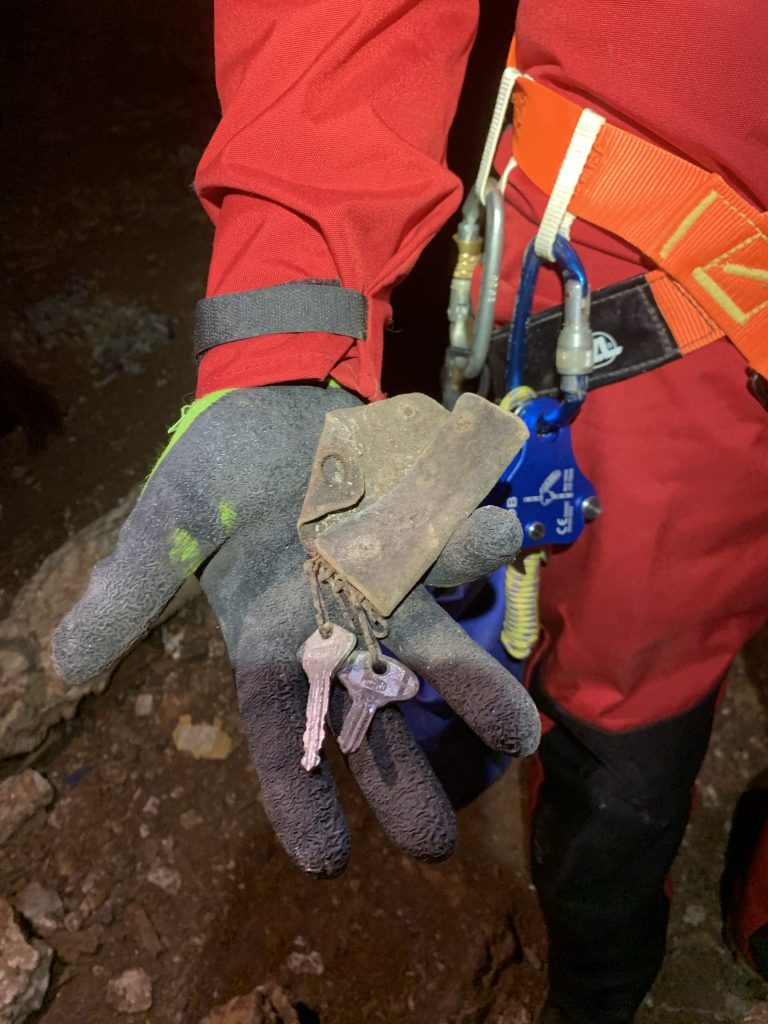
At the base of the second pit, before venturing into the muddy and narrow third shaft, we paused to reflect with gratitude on the monumental efforts of our fellow speleologists.
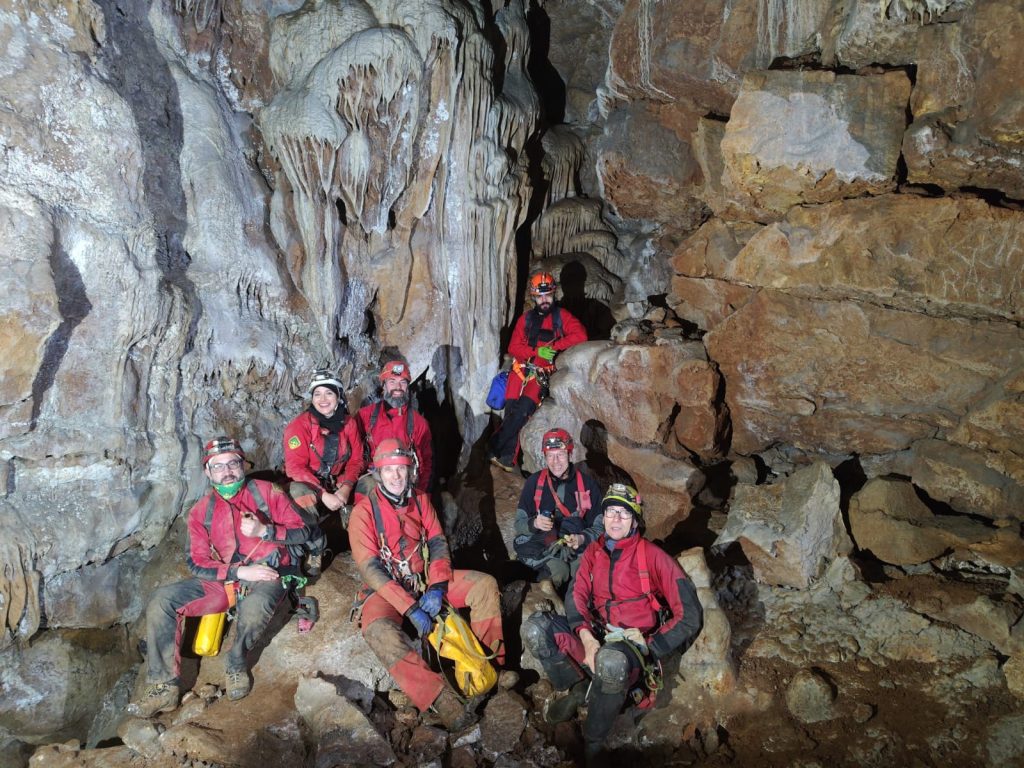
We agreed that the cave no longer deserved its sinister name, “The Devil’s Hole.” The true demon, we realized, resides outside the caves—in human behavior. Nevertheless, the ominous name is rooted in folklore designed to warn against the dangers of approaching the cave’s treacherous edges, often hidden by thick vegetation.
In 1897, G.A. Perko, a member of the Club Touristi Triestini, recorded a chilling tale from a shepherd boy near Sgonico. The boy recounted: “A very long time ago, a tribe of gypsies camped near the cave. One dark night, as their fire was dying, a beautiful girl ventured to the cave for firewood. At the edge, she was seized by invisible hands and dragged into the abyss. Her lover, hearing her scream, rushed to her aid but was also pulled into the depths.”
Perko dismissed the tale as a fable crafted to keep children from the abyss. Yet, in Sgonico, elders still recount the story of a girl and her cow who fell into the cave, only to be found near Duino.
Jablenza Cave now stands as a testament to human resilience and the possibility of redemption—not for the devil but for humanity itself.




























